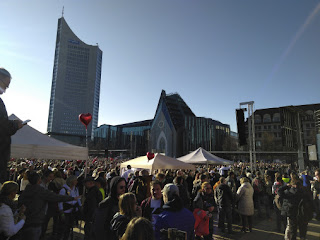Ariana Kashefi recently played the D minor suite in a lockdown livestream and explained that it represents sadness and grief with an underlying sense of strength and courage. So I guess it's perfect for lockdown number three and the beginning of plague year number two. And to properly wallow in the sadness bit, I'm now moving on to the Sarabande.
Some helpful links:
I'm starting with Inbal Segev's musings, as always, and I found a few recordings of the whole D minor suite, (with timestamps for the sarabande in the link to take you there directly) from:
Ariana Kashefi
Eva Lymenstull
Misha Maisky
Laurens Price-Nowak
I'm also adding these videos to my youtube playlist "cello repertoire".
In January, I learned the second minuet of the D minor suite (there were some scary chords that put me off the first minuet). It took me just over 21 days to memorise its 24 bars, which inspired me to check if the rate of 1 bar per day of practice is typical and indeed it is: since March 15 2020 I have clocked up 300 days of practice and managed to memorise 311 bars. I should check how many bars the six suites have overall, but I suspect three years won't be enough to learn them all.
I spent the rest of the month memorising what was left of the Gigue in C, and learning to play the Bourrees in time with a metronome, so with all these improvements, the list now looks like this:
1) movements I've studied for a month, then put aside for now
1.1. Prelude
1.2 Allemande
2) movements memorised in a significant part
1.3 Courante (2/3)
2.5 Minuet I&II (1/2)
3.4 Sarabande (1/3)
3) movements memorised in their entirety
1.4 Sarabande
1.5 Minuet I&II
1.6 Gigue
3.6. Gigue
4) movements memorised and synchronised with metronome
3.5 Bourree I&II
Heinrich at last September's socially distanced slow session in Florence Park.
PS: predictably, I couldn't resist doing the maths, I think the total is 1933 bars, so learning all at one bar per day would take five years, three months and two weeks. Realistically though, I've spotted quite a few bars in suites 5 and 6 that I definitely won't be able to get into my head.






















